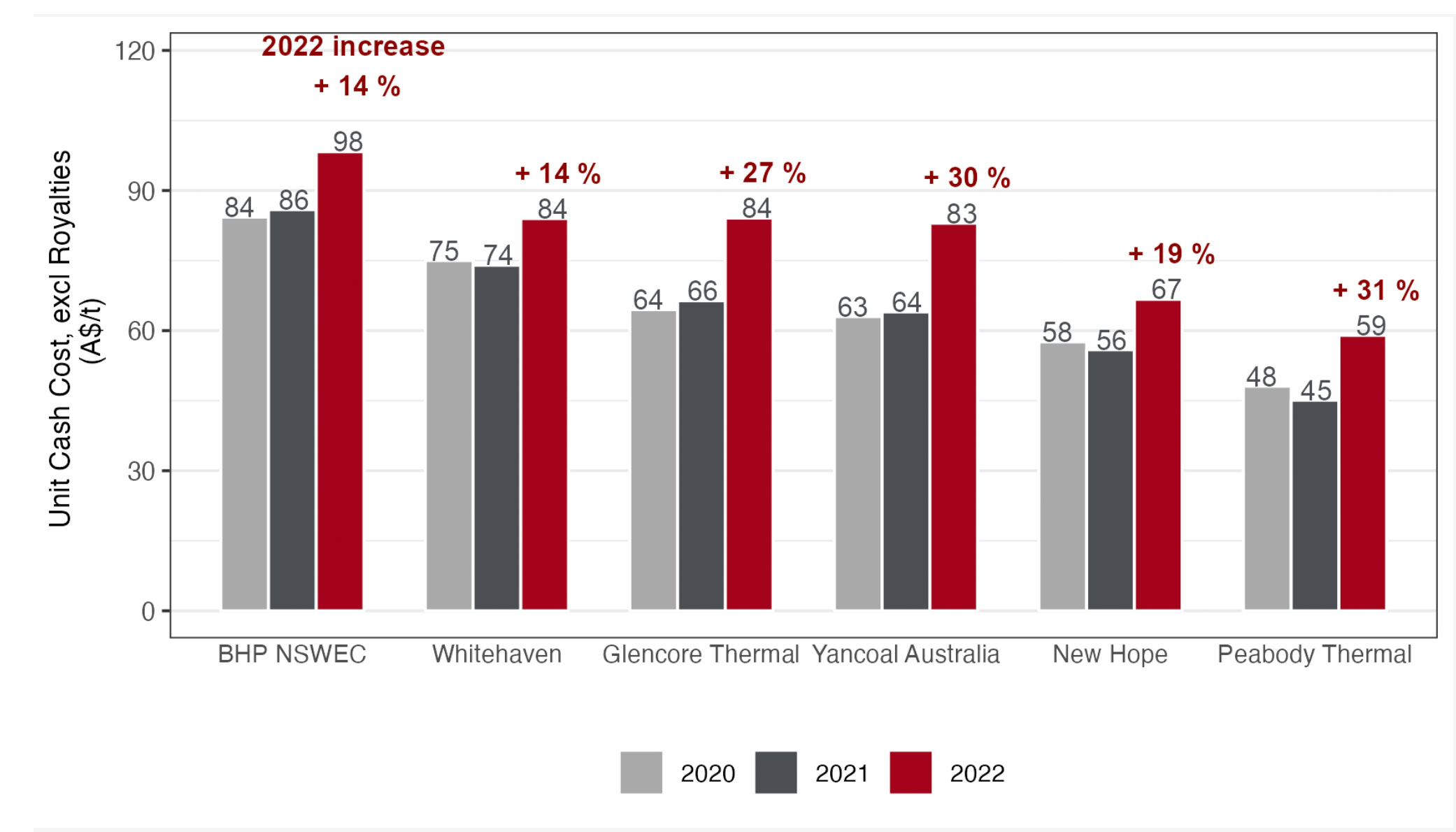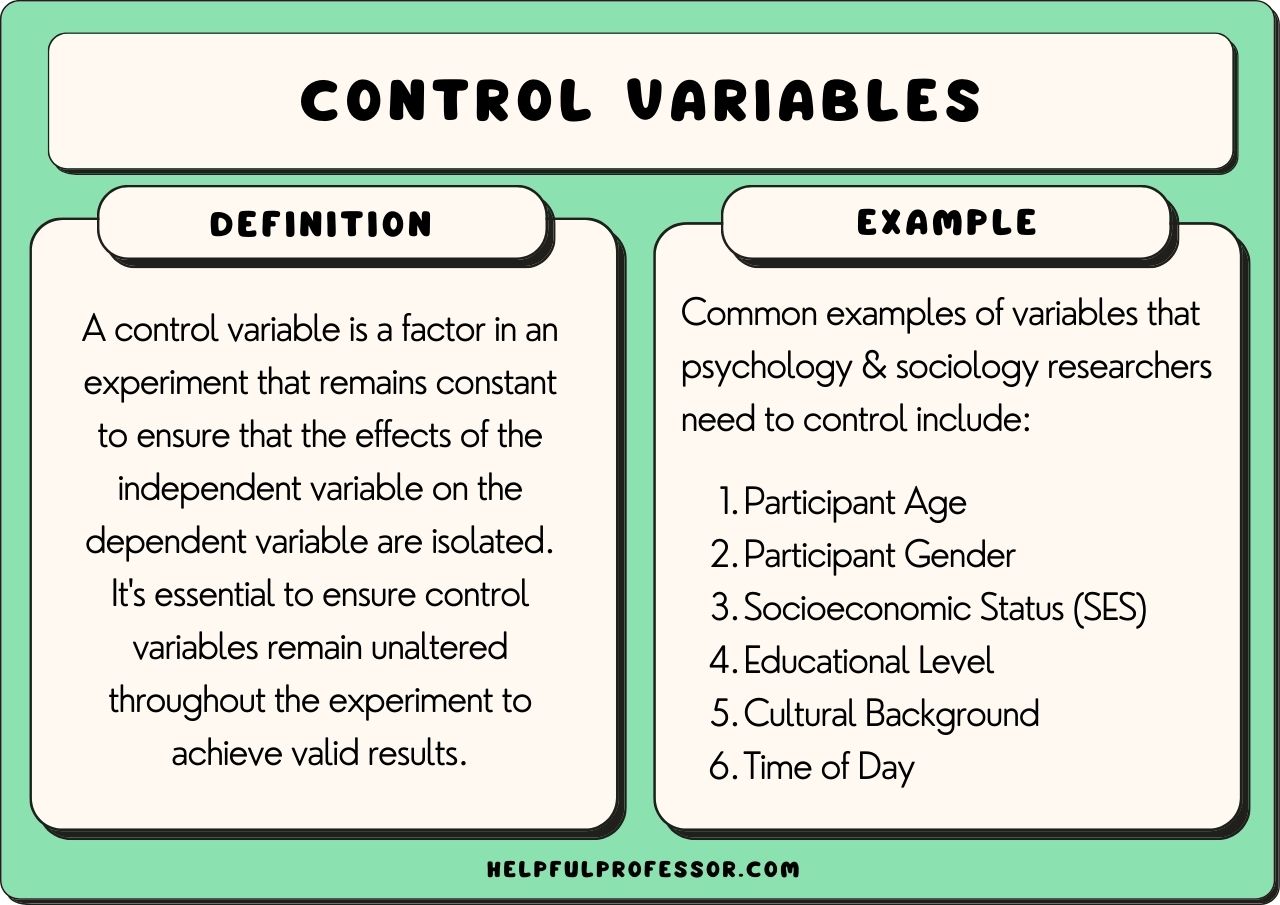The Psychology of Color in the Bedroom

The colors we choose for our bedrooms can significantly impact our mood, sleep, and overall well-being. Color psychology explores the relationship between colors and human emotions, revealing how specific hues can influence our feelings and behavior. Understanding this connection can help us create a bedroom environment that promotes relaxation, sleep, and a sense of tranquility.
The Impact of Different Colors on Mood and Emotions
Colors evoke different emotions and psychological responses.
- Blue is often associated with calmness, peace, and serenity. It can lower blood pressure and heart rate, promoting relaxation and sleep.
- Green, often found in nature, is known for its calming and restorative effects. It can reduce anxiety and stress, creating a sense of harmony and balance.
- Yellow is associated with happiness, optimism, and energy. While it can be stimulating, too much yellow can be overwhelming, so it’s best used in moderation.
- Red is a stimulating color that can increase energy levels and boost heart rate. While it can be energizing, it can also be associated with aggression and excitement, making it less ideal for a bedroom environment.
The Psychological Impact of Specific Colors on Sleep, Relaxation, and Energy Levels
Colors play a crucial role in regulating our sleep-wake cycles and influencing our energy levels.
- Blue is a calming color that can help regulate melatonin production, a hormone that promotes sleep. Studies have shown that blue light exposure can suppress melatonin levels, so it’s best to avoid blue light sources in the bedroom, such as electronic devices, in the evening.
- Green is a soothing color that can promote relaxation and reduce stress. It can help create a tranquil atmosphere, making it an excellent choice for a bedroom environment.
- Yellow can be energizing and uplifting, but it’s best to avoid using it in large quantities in the bedroom, as it can interfere with sleep.
- Red is a stimulating color that can increase alertness and energy levels. It’s not recommended for the bedroom as it can disrupt sleep patterns and make it harder to fall asleep.
How Color Can Influence Feelings of Calmness, Excitement, or Focus within the Bedroom
The choice of colors can significantly influence the overall atmosphere and emotional response within a bedroom.
- For a calming and relaxing atmosphere, consider using shades of blue, green, or lavender. These colors can promote relaxation, reduce stress, and improve sleep quality.
- For a more energizing and stimulating atmosphere, consider using shades of yellow or orange. These colors can boost energy levels and promote a sense of optimism and creativity.
- For a focused and concentrated atmosphere, consider using shades of blue or green. These colors can help improve concentration and reduce distractions.
Popular Bedroom Color Schemes and Their Meanings

Choosing the right color scheme for your bedroom can significantly impact the overall feel and atmosphere of the space. Color psychology plays a crucial role in creating a calming, relaxing, or energizing environment. Let’s explore some popular bedroom color schemes and their associated meanings.
Neutral Palettes
Neutral palettes, often incorporating shades of white, gray, beige, and black, are known for their versatility and calming effect. They provide a blank canvas for personal touches and create a sense of spaciousness.
“Neutral palettes are perfect for creating a serene and timeless bedroom aesthetic.”
- White: Symbolizing purity, innocence, and new beginnings, white promotes a sense of peace and tranquility. It’s often associated with cleanliness and can make a room feel larger.
- Gray: A sophisticated and versatile color, gray offers a sense of balance and calm. It can be paired with bolder accents or used as a backdrop for vibrant artwork.
- Beige: Evoking warmth and comfort, beige is a calming and grounding color. It creates a cozy atmosphere and pairs well with natural textures.
- Black: Often associated with luxury and elegance, black adds a touch of sophistication and can make a room feel more intimate. It’s best used sparingly as an accent color.
Bold Accents
Adding bold accents to a neutral palette can inject personality and energy into a bedroom. These accents can be incorporated through furniture, artwork, textiles, or even accent walls.
“Bold accents can be used to create a focal point or highlight a specific area of the room.”
- Blue and White: A classic combination that evokes feelings of tranquility and serenity. Blue is often associated with calmness and peace, while white adds a sense of spaciousness and purity.
- Yellow and Green: This energizing combination brings a sense of nature and vitality into the bedroom. Yellow promotes optimism and happiness, while green is associated with growth and renewal.
- Gold and Black: A luxurious and sophisticated combination that exudes elegance and glamour. Gold symbolizes wealth and prosperity, while black adds a touch of mystery and sophistication.
Monochromatic Designs
Monochromatic designs utilize different shades of a single color to create a cohesive and visually appealing space. This approach offers a sense of unity and can be used to create a calming or energizing atmosphere depending on the chosen color.
“Monochromatic designs are a great way to create a sense of harmony and sophistication in a bedroom.”
- Blue: A cool and calming color, blue promotes relaxation and sleep. Different shades of blue can be used to create a variety of moods, from serene to invigorating.
- Green: Associated with nature and tranquility, green is known for its calming and restorative effects. It can create a sense of peace and harmony in a bedroom.
- Purple: Often associated with royalty and luxury, purple can be used to create a sophisticated and elegant atmosphere. It can also promote creativity and imagination.
Practical Considerations for Choosing Bedroom Colors: What Bedroom Colors Mean

Choosing the right color for your bedroom goes beyond personal preference. Practical considerations like natural light, room size, and overall style play a significant role in creating a balanced and harmonious space.
Natural Light and Room Size
The amount of natural light in your bedroom has a significant impact on how colors appear. Rooms with ample natural light can handle bolder, darker hues, while those with limited light benefit from lighter, brighter shades.
- Light Colors: Light colors, such as whites, creams, and pastels, reflect light, making small rooms feel larger and brighter. They create a sense of openness and airiness, ideal for bedrooms with limited natural light.
- Dark Colors: Darker colors, such as navy blue, charcoal gray, or deep greens, absorb light, making rooms feel smaller and cozier. They work well in larger bedrooms with ample natural light, creating a sense of intimacy and sophistication.
Creating a Balanced Color Scheme, What bedroom colors mean
A balanced color scheme considers both personal preference and practical factors. Here are some tips:
- Start with a Neutral Base: A neutral base, such as white, cream, or beige, provides a blank canvas for adding pops of color. It creates a sense of calm and allows other colors to stand out.
- Introduce Accent Colors: Accent colors, such as bright blues, yellows, or reds, add personality and vibrancy to the space. Use them strategically on accent walls, bedding, or artwork.
- Consider the Color Wheel: The color wheel is a helpful tool for understanding color relationships. Complementary colors (opposite each other on the wheel) create high contrast and energy, while analogous colors (next to each other) create a sense of harmony and tranquility.
Color Combinations for Different Bedroom Styles
| Bedroom Style | Color Combination | Suitability |
|---|---|---|
| Modern | White, Gray, Black | Small or Large |
| Minimalist | White, Beige, Light Gray | Small or Large |
| Bohemian | Terracotta, Mustard Yellow, Teal | Small or Large |
| Coastal | Blue, White, Sand | Small or Large |
| Rustic | Brown, Beige, Cream | Small or Large |
What bedroom colors mean – So, like, you know how different colors in your bedroom can totally vibe with your mood? Well, why not take it up a notch with color changing lights for bedroom ? They’re totally the bomb for creating different atmospheres, you know, from chill vibes to party mode.
And who doesn’t love the power to change their bedroom’s energy with just a click? It’s like having a whole new color palette for your space, which is totally what every bedroom needs.
Bedroom colors are like vibes, you know? They can make you feel chill, energized, or even a little spooky. If you’re going for that relaxed, sophisticated feel, a taupe color scheme bedroom might be your jam. Taupe is like a neutral that’s got a little more depth, kinda like the vibe you get when you’re hanging with your besties.
It’s all about creating a space that’s calming and comfy, just like a good night’s sleep.